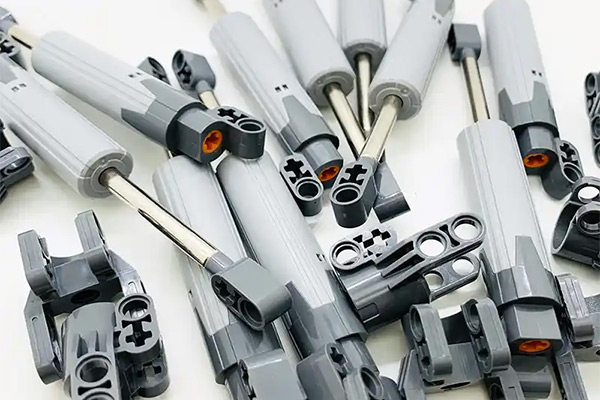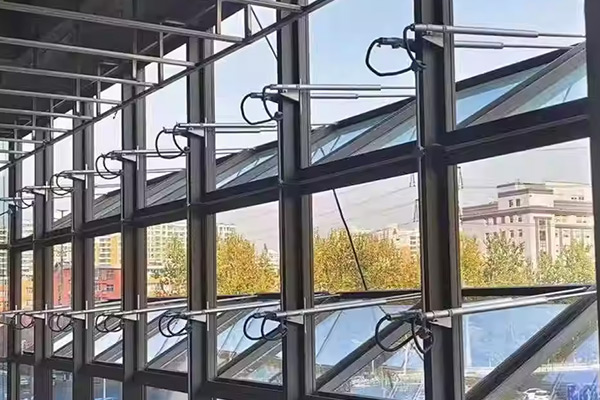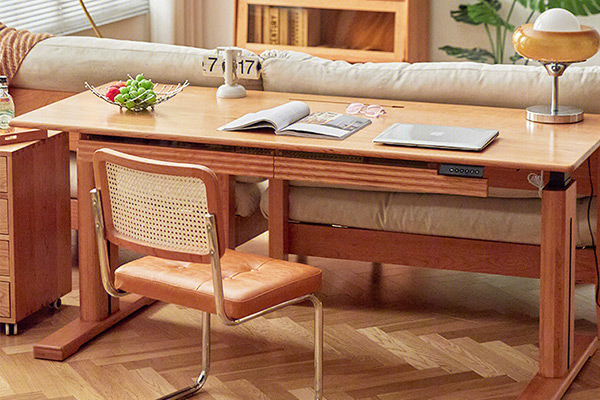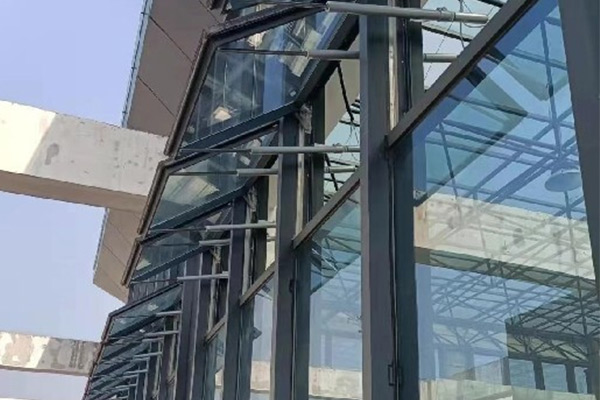Smart Control: Innovative Applications of Window Actuators in Architecture
With the rapid advancement of technology, the concept of the smart home has become deeply ingrained in people's minds. In the field of architecture, traditional mechanical windows are being replaced by smarter, more efficient window actuators. These compact yet powerful devices not only provide unprecedented convenience but also bring about revolutionary innovations in energy efficiency, safety, and comfort, becoming a core component of modern building automation.
I. Principles and Advantages of Window Actuators
A window actuator is, as its name suggests, a device that uses electricity to control the opening, closing, and locking of a window. It typically consists of a motor, a transmission mechanism, and a control system. Compared to traditional manual windows, window openers offer significant advantages:
Convenience and Comfort: Users can remotely control windows via a remote, a smartphone app, or a voice assistant. This is especially convenient for windows in high or hard-to-reach areas, such as skylights. Furthermore, they can be integrated with sensors for temperature, humidity, and light to automatically adjust windows and maintain a comfortable indoor environment.
Energy Efficiency and Sustainability: The smart control system can automatically adjust the window's opening based on outdoor weather, light intensity, and indoor temperature. For example, on a hot summer day, the system can automatically close windows to reduce air conditioning energy consumption; on a cool night, it can open them for natural ventilation, lowering energy use.
Safety and Protection: Window actuators can be linked to security systems, such as smoke alarms and rain sensors. In the event of a fire or rain, the system can automatically close the windows to prevent water from entering and to provide an escape route for emergencies.
II. Innovative Application Scenarios
The application of window actuators in modern architecture is becoming increasingly widespread. Here are some innovative scenarios:
Smart Buildings: In commercial office buildings and large public structures, window actuators can be integrated with Building Automation Systems (BAS) to achieve intelligent management of ventilation, lighting, and temperature for the entire building. This not only improves management efficiency but also significantly reduces operating costs.
Smart Homes: In residential homes, window openers are a key part of the smart home ecosystem. Users can set up scene modes; for instance, in "welcome home" mode, windows automatically open for ventilation, while in "away" mode, all windows are automatically closed and locked to ensure home security.
Greenhouses and Agriculture: In agricultural greenhouses, window actuators can automatically adjust windows based on light and temperature to provide the optimal growing environment for crops, thus improving yield and quality.
Hospitals and Schools: In special places like hospitals and schools, window actuators can be used to manage ventilation and prevent the spread of diseases, while also ensuring that windows are opened to a safe height to prevent accidents.
III. Future Outlook
In the future, window actuators will be more than just simple mechanical devices. With the further integration of artificial intelligence, the Internet of Things, and big data, they will become even more intelligent and user-friendly. For example, future window actuators may learn a user's habits to predict and automatically adjust the window's status in advance, or they may link with a city's smart traffic system to automatically close windows during periods of heavy air pollution to protect indoor air quality.
In summary, the window opener is a crucial step for modern architecture towards intelligent living. It is not merely a functional upgrade but an innovation in lifestyle, creating a safer, more comfortable, and more sustainable living and working environment for us all.





